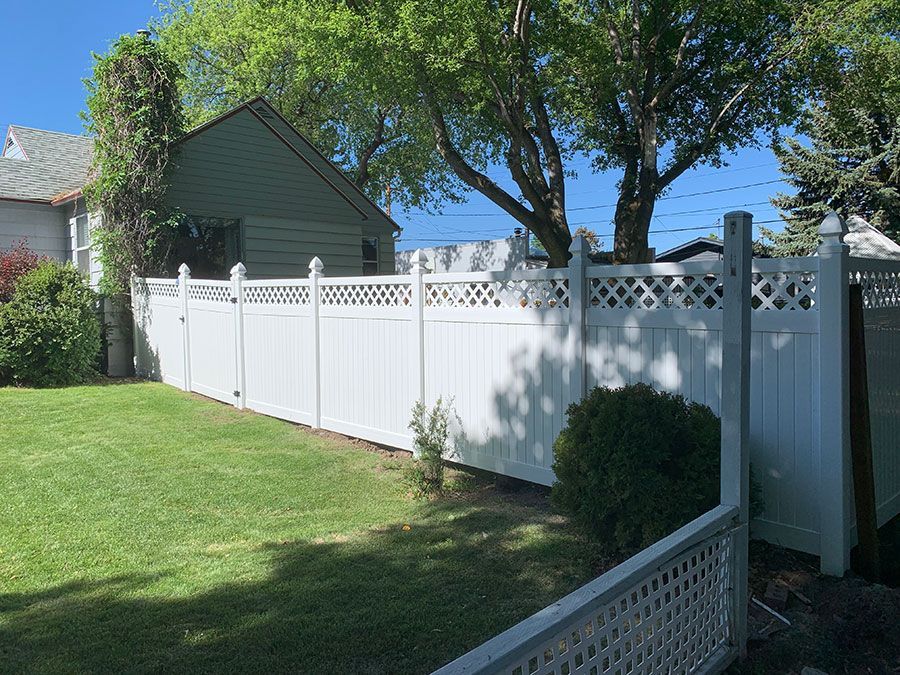Environmentally Safe Cleaning Solutions
Traditional cleaning products can contain harsh chemicals that harm the environment. Instead, opt for eco-friendly alternatives like a mixture of white vinegar and water or biodegradable soaps. These solutions effectively clean dirt, mold, and mildew without polluting the soil or nearby water sources. For tougher stains, baking soda can act as a gentle abrasive that’s safe for the environment.
Sustainable Fencing: Choosing the Right Repair Materials
When repairing your fence, choose materials that have minimal environmental impact. Recycled wood, bamboo, or composite materials made from recycled plastics are excellent options. These materials not only reduce waste but also often last longer, reducing the need for frequent replacements. Ensure old fencing materials are responsibly disposed of or repurposed whenever possible.
How to Use Energy-Efficient Tools for Maintaining Your Fence
Energy-efficient tools are key to reducing your environmental impact. Choose solar-powered, rechargeable, or manual tools instead of energy-draining power tools. Regular maintenance, such as sharpening blades and lubricating parts, also ensures that tools run more efficiently and use less energy.
